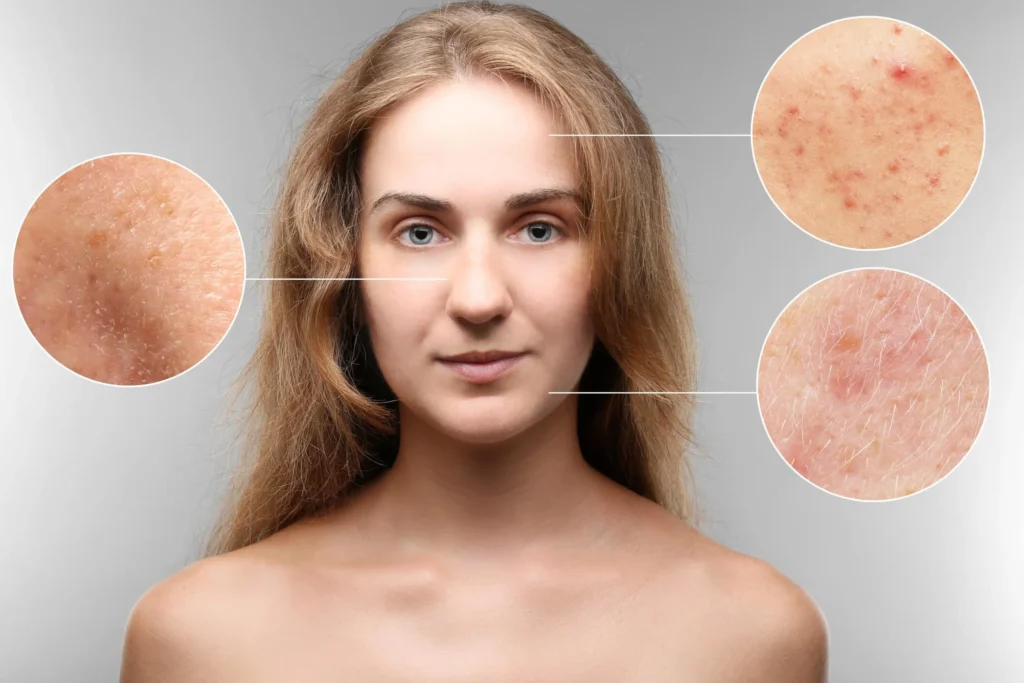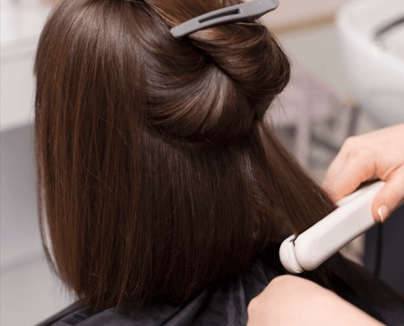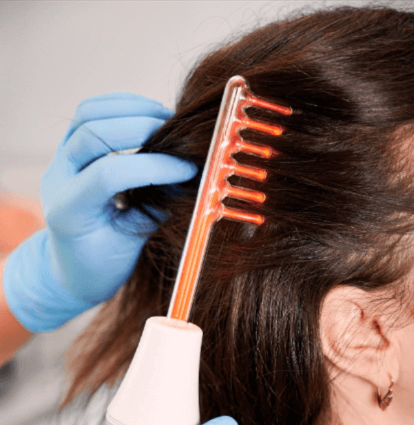Laser treatment for acne is one of the most talked-about skincare solutions in South Korea, known globally for its advanced dermatology and cosmetic innovations. While thousands of international patients travel to Korea each year to receive laser acne therapy, many still hesitate due to persistent myths and misinformation.
To separate fact from fiction, here are the top 5 myths about laser acne treatment—debunked by leading Korean dermatologists and surgeons.
🔍 Myth #1: Laser Acne Treatment Provides Instant, Permanent Results
The Truth:
Laser treatment does not provide instant or one-time cures. While many patients see improvement after a single session, real, long-term results typically require a series of treatments (3–6 sessions or more) spaced over several weeks. According to Korean dermatologists, laser therapy stimulates your skin’s natural regeneration and collagen production, which takes time.
🗣️ “Laser is a powerful tool, but it works with the skin—not against it. Think of it as a process, not a magic wand.”
— Dr. Kim Ji-won, Board-Certified Dermatologist, Seoul
✅ What to Expect:
- Gradual improvement in acne, skin texture, and scarring.
- Continued collagen remodeling for up to 6 months post-treatment.
🔍 Myth #2: Laser Treatments Are Too Harsh for Sensitive or Asian Skin
The Truth:
Not all lasers are created equal. In Korean clinics, dermatologists use gentler, skin-type-specific laser technologies designed with Asian and sensitive skin in mind. Clinics often adjust energy levels, wavelengths, and pulse durations to prevent hyperpigmentation or burns—especially in Fitzpatrick skin types III–V (common among Asian patients).
🗣️ “Korean dermatology evolved around treating sensitive Asian skin safely. That’s why our protocols and devices are carefully calibrated to reduce risks while maximizing results.”
— Dr. Lee Hae-jin, Laser Skin Specialist, Gangnam
✅ Technologies Used:
- Low-fluence Q-switched Nd:YAG lasers for pigmentation and acne.
- Fractional non-ablative lasers for texture with minimal downtime.
- Pulsed Dye Lasers (PDL) for inflammation and redness.
🔍 Myth #3: Laser Acne Treatment Works for Everyone the Same Way
The Truth:
Laser treatment is not one-size-fits-all. Korean clinics perform in-depth consultations with imaging analysis to evaluate your acne type (inflammatory vs. non-inflammatory), skin thickness, oil production, and past treatments. Treatment plans are then customized based on these factors.
🗣️ “The key is personalization. We don’t just aim for skin clarity—we target the root causes, which vary from person to person.”
— Dr. Park Min-soo, Cosmetic Dermatology Director, Busan
✅ Example Custom Plans:
- Active acne: Blue light + Nd:YAG combo
- Deep scars: Fractional CO2 + PRP
- Pigmentation-prone skin: Low-fluence laser + whitening ampoules
🔍 Myth #4: Lasers Can Completely Replace Acne Medications
The Truth:
While lasers are effective, they are often used in conjunction with topical or oral treatments, especially in severe or cystic acne cases. Korean dermatologists often combine laser with:
- Antibiotics (short-term use)
- Hormonal therapy (for women with PCOS or hormonal acne)
- Prescription retinoids or anti-inflammatories
🗣️ “For patients with persistent acne, we use lasers to speed up skin clearance, but we still address systemic issues with supportive treatments.”
— Dr. Choi Eun-kyung, Acne Specialist, Seoul
✅ Integrated Approach:
- Combines internal and external care.
- Improves skin healing and prevents recurrence.
🔍 Myth #5: All Laser Acne Treatments Have Long Downtime
The Truth:
Not all laser procedures leave you red and peeling for days. In fact, many modern lasers used in Korean clinics have minimal to no downtime. You may experience temporary redness or mild flaking, but you can often return to daily activities the same day or next.
🗣️ “Most of our international patients resume sightseeing or work meetings within 24 hours after laser. We guide them carefully on gentle aftercare.”
— Dr. Seo Jae-yun, International Patient Consultant, Seoul
✅ Downtime Guide:
- Non-ablative fractional lasers: 0–1 day
- Low-fluence lasers: No visible downtime
- Fractional CO2: 3–7 days (heavier resurfacing)
💡 Expert Tips Before Starting Laser Acne Treatment in Korea
- Book a consultation with a board-certified dermatologist who specializes in laser acne care.
- Discuss your full skin history, including past medications, allergies, or prior laser experiences.
- Ask about pre- and post-care, especially sun protection, hydration, and follow-up support.
- Plan your stay in Korea to accommodate multiple sessions if needed.
✨ Final Word From Korean Experts
“Lasers are transformative, but only when used with knowledge, customization, and ongoing skin care. Don’t fall for miracle claims—trust experience and science.”
— Korean Dermatology Association Panel




